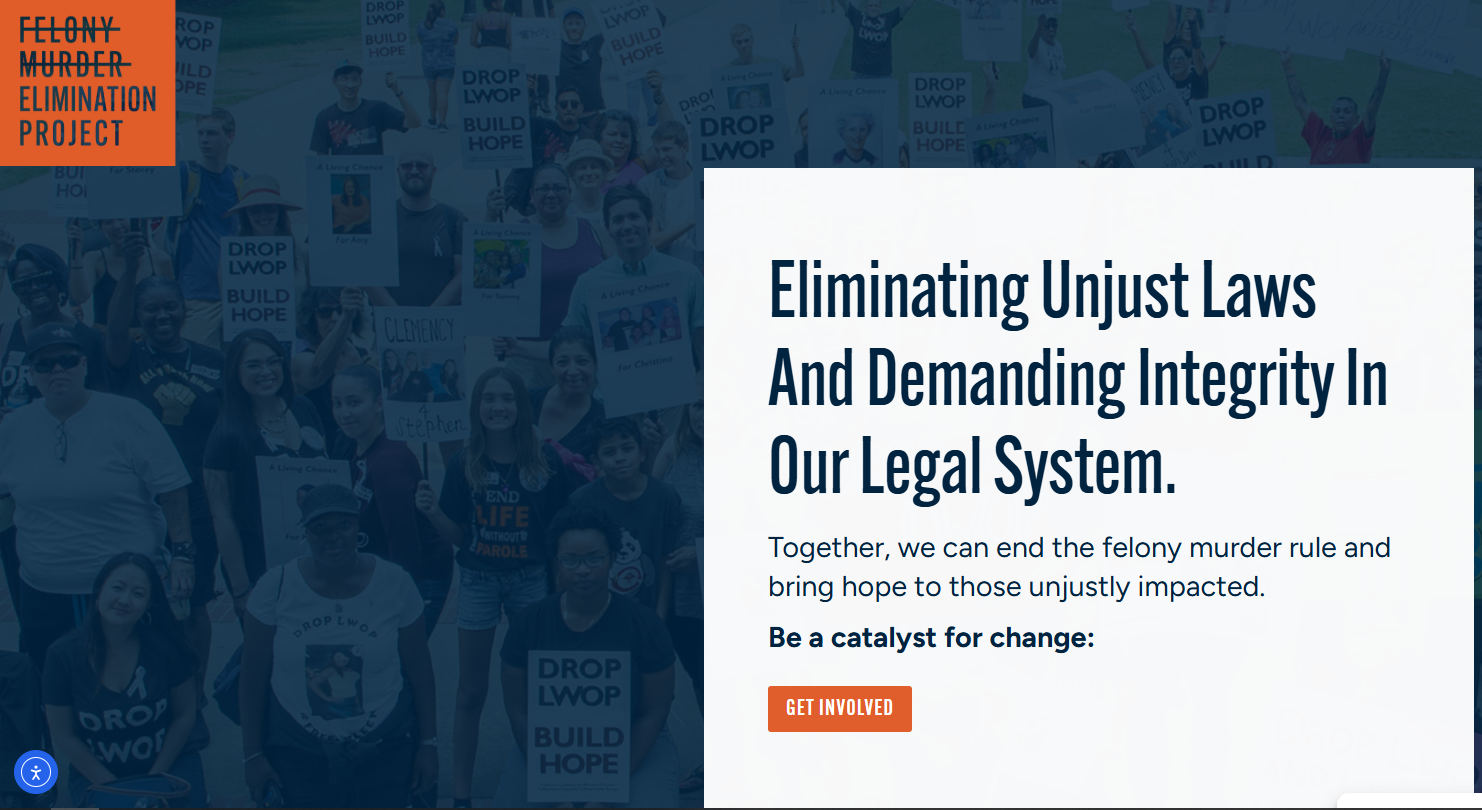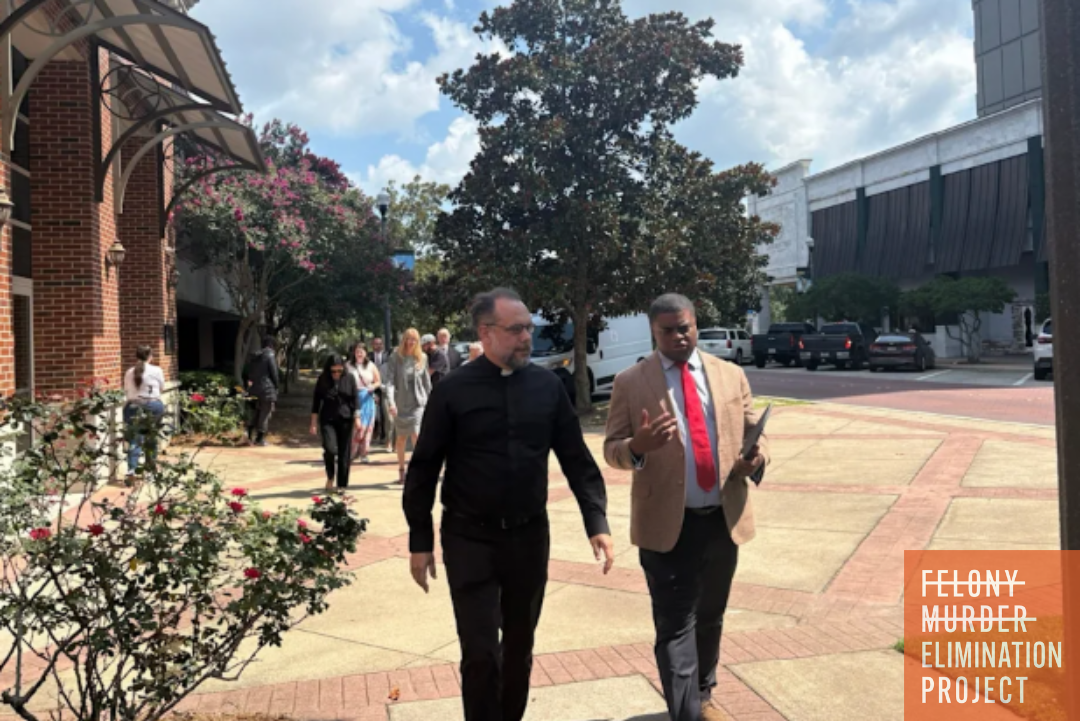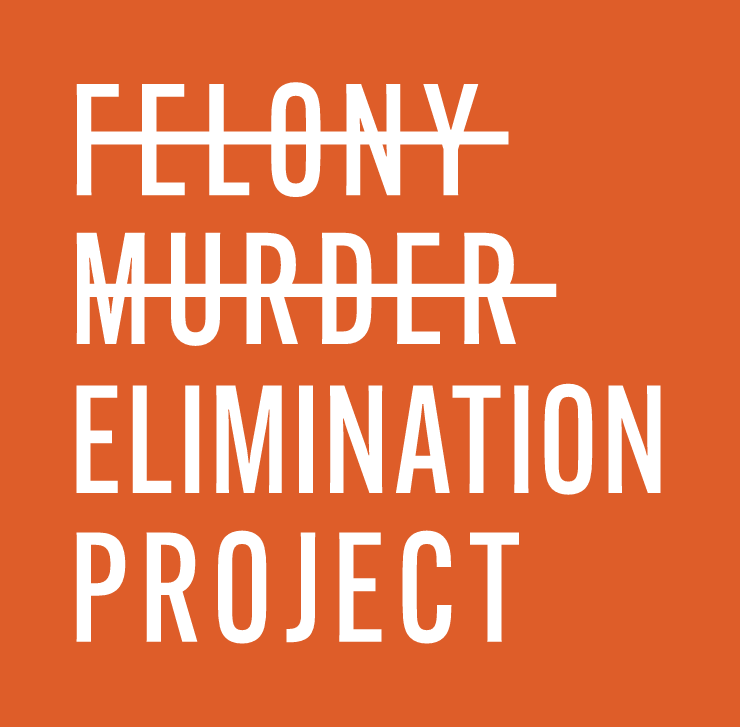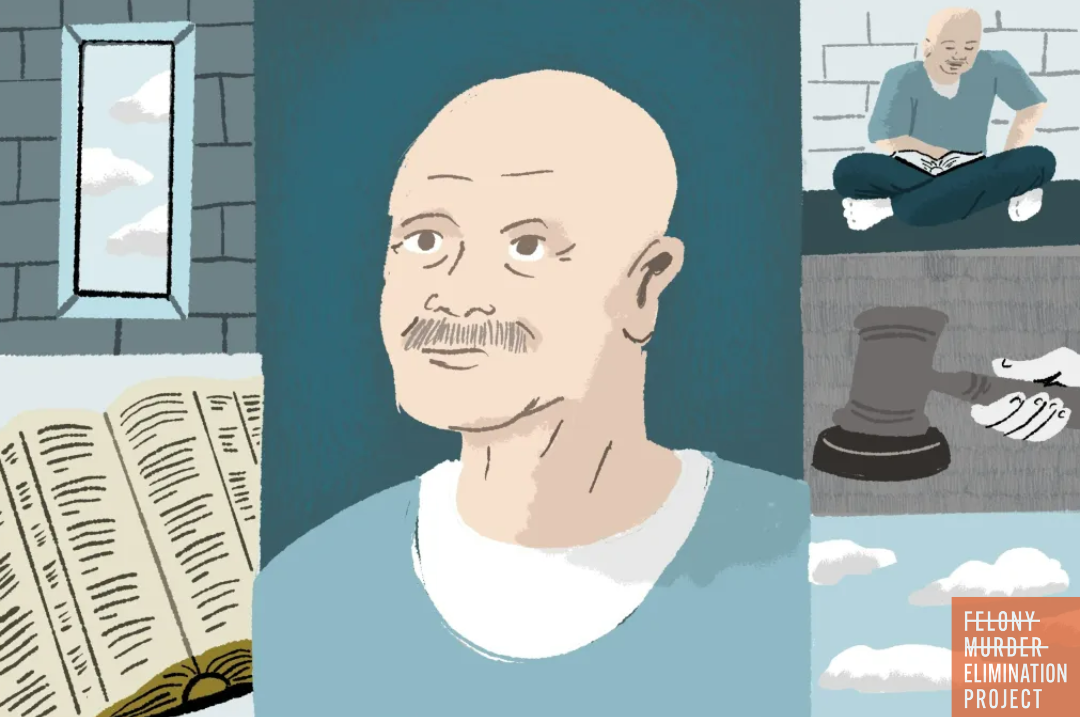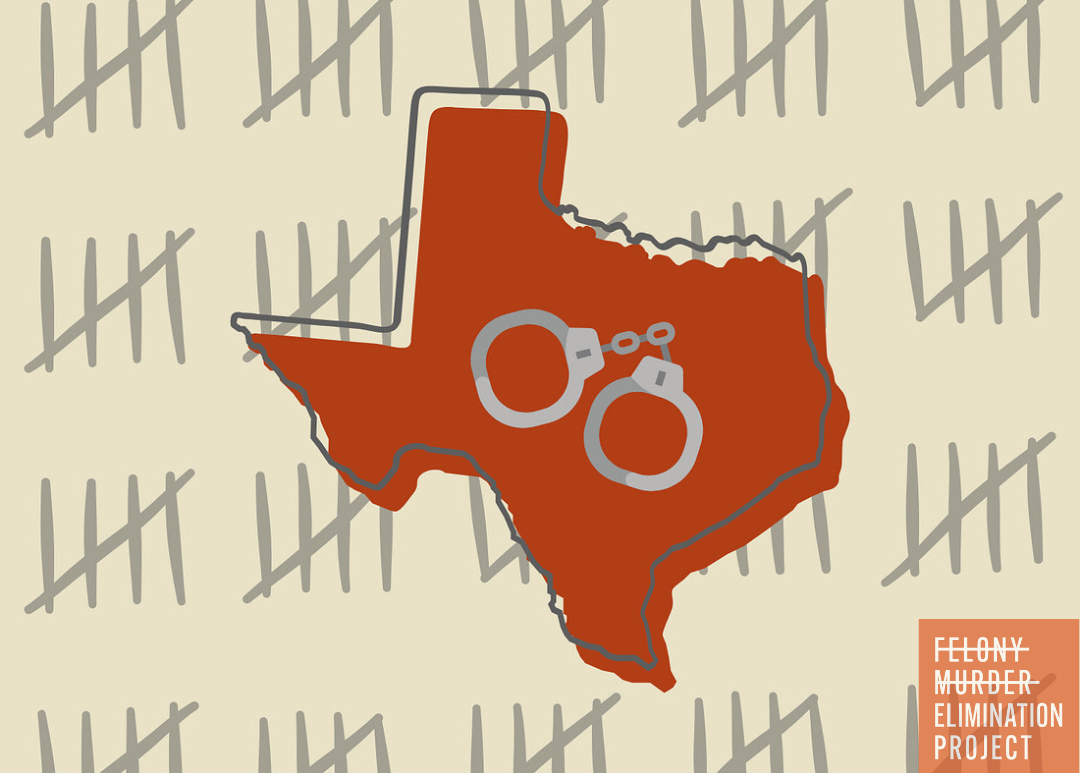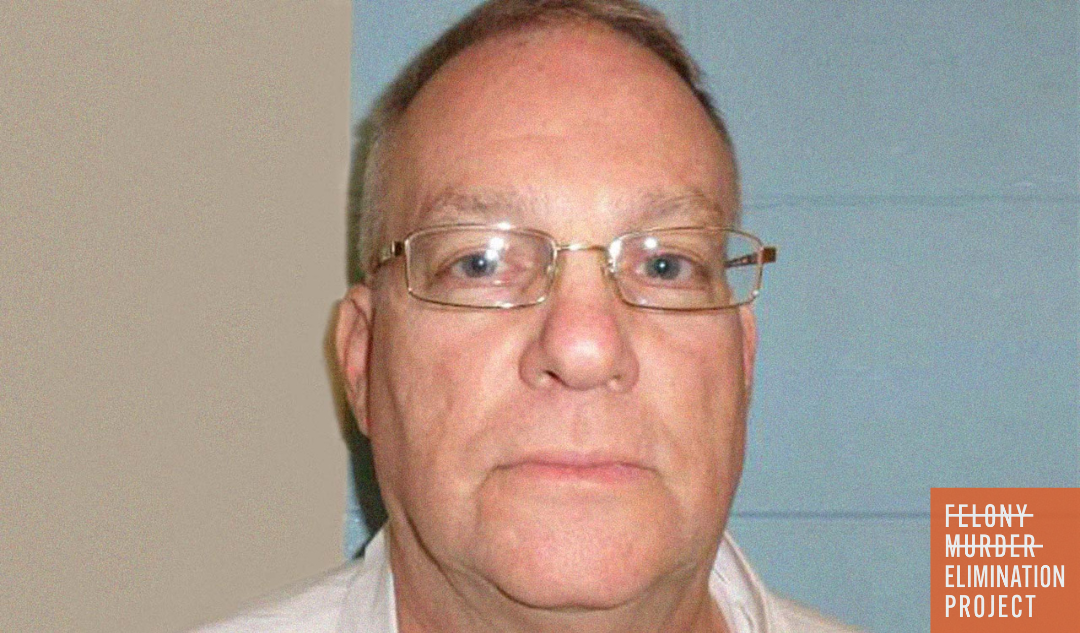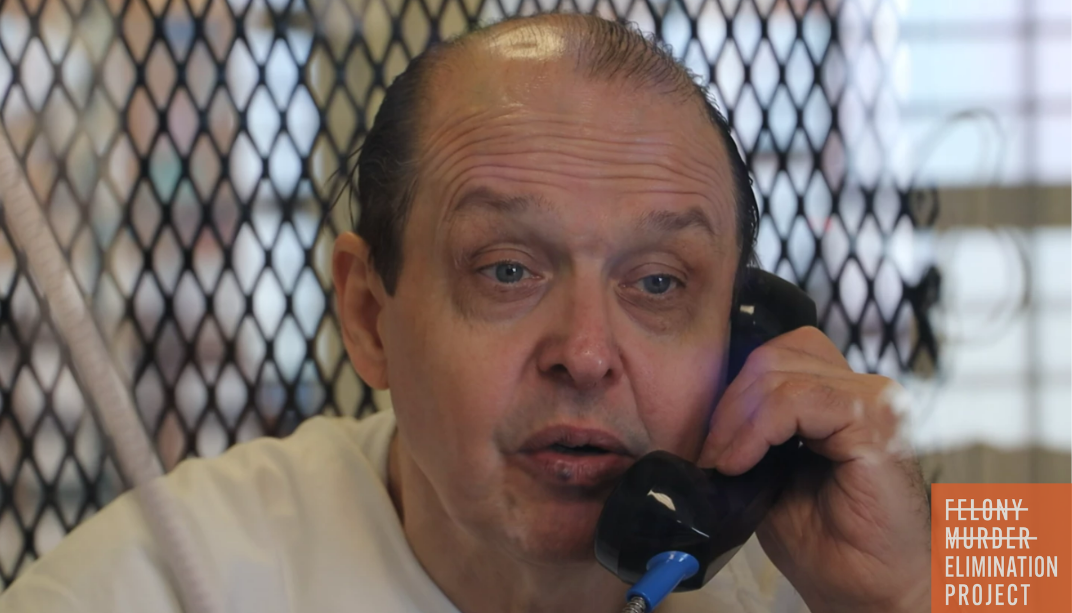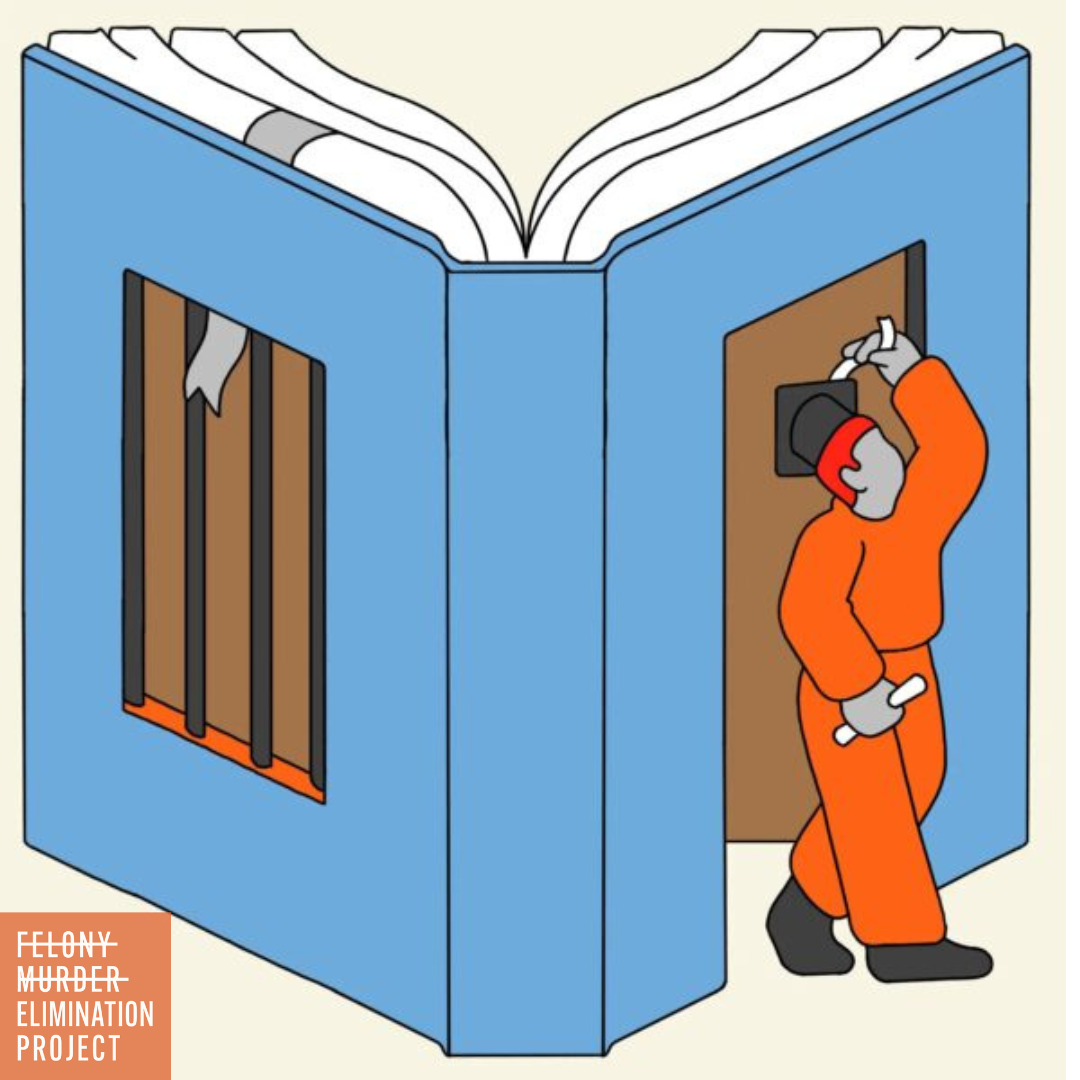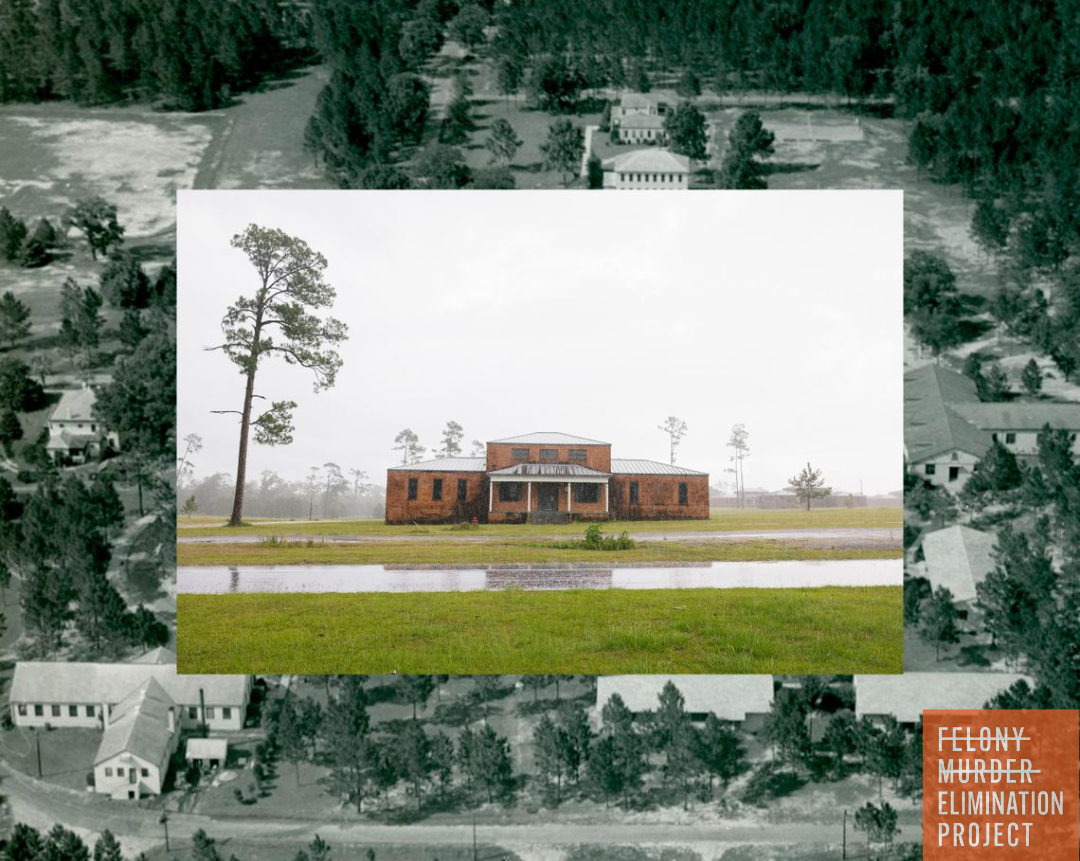Myth vs. Fact - Violent Crime is Down in the US
Violent crimes are decreasing quickly in the US, even if Americans don't believe it
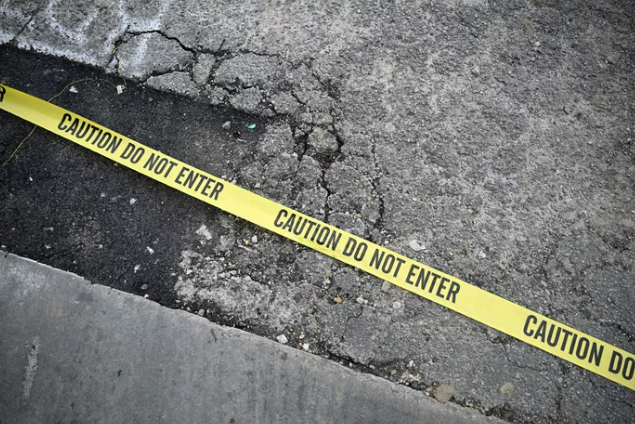
In 2020, the United States experienced one of its most dangerous years in decades. The number of murders across the country surged by nearly 30% between 2019 and 2020, according to FBI statistics. The overall violent crime rate, which includes murder, assault, robbery and rape, inched up around 5% in the same period.
But in 2023, crime in America looked very different.
"At some point in 2022 — at the end of 2022 or through 2023 — there was just a tipping point where violence started to fall and it just continued to fall," said Jeff Asher, a crime analyst and co-founder of AH Datalytics.
In cities big and small, from both coasts, violence has dropped.
Yet when you ask people about crime in the country, the perception is it's getting a lot worse.
So what's going on?
What you see depends on what you're looking at, and who you're listening to.
To introduce data to this discussion, FBI statistics released Monday show that violent crime is down by more than 15% across the United States during the last three months.
The new numbers show violent crime from January to March dropped 15.2% compared to the same period in 2023, while murders fell 26.4%. The new FBI figures validate a trend identified by some national crime experts: The US murder rate continues to drop at a high rate and could be headed for its largest annual decline ever. Compared to the first five months of 2023, murders this year have dropped more than 40% in cities including New Orleans, Seattle, Boston, Baltimore, and Philadelphia, according to AH Datalytics.
Although more than six months still remain in 2024, “it’s plausible that this will be, by far, the largest one-year decline in American history,” said Asher.
Other crime data:
- Reported rapes decreased by 25.7%.
- Aggravated assaults decreased by 12.5%.
- Robberies decreased 17.8%.
- Property crimes decreased 15.1%
- Burglaries decreased 16.7%
- Motor vehicle theft decreased 17.3%.
The declines in violent and property crimes were seen in every region of the US.
Although many politicians and pundits have painted this moment as a false choice between safety and justice—that you can have one or the other, but not both—voters over the past few election cycles are in fact rejecting “tough-on-crime” rhetoric for a more nuanced approach to safety. The candidates who demonstrate they understand these nuances are winning elections. Typically, candidates either ignore a “soft-on-crime” attack and pivot to a more favorable issue, or double down on “law-and-order” rhetoric that makes them sound indistinguishable from their opposition.
Conventional political wisdom that being “tough on crime” prevails is simply wrong. Rather, in recent election cycles, it is the candidates seen as serious about safety who win. These candidates understand the importance of crime to voters, even if it is not a top voting priority, and acknowledge voter concerns by talking about safety early and often to stand out from the pack.
There is a "new normal" for tackling crime: a comprehensive approach based in community-driven solutions for safety and accountability. This “new normal” of a comprehensive, solutions-based approach to preventing crime reflects what voters want, even on two of the thorniest issues—policing and accountability. On policing, voters prefer support with accountability to unconditional support. Similarly, there is overwhelming support for a new approach to personal accountability. While voters want people who break the law to take responsibility for their actions, our research reveals that personal accountability does not equal more punishment in the minds of most voters across the political spectrum.
Finally, disproportionate media coverage of sensational outliers does a disservice to our ability to see the real trends in how crime impacts elections. Across the board, the broader landscape of election results, as well as the data and polling about what voters really want when it comes to safety, undermines the conventional but false wisdom that concern about crime equals more support for the “tough-on-crime” status quo.
Don't be swayed by the prevailing messages you hear during an election year. Look into the data for yourself on what works in your communities and what doesn't.

